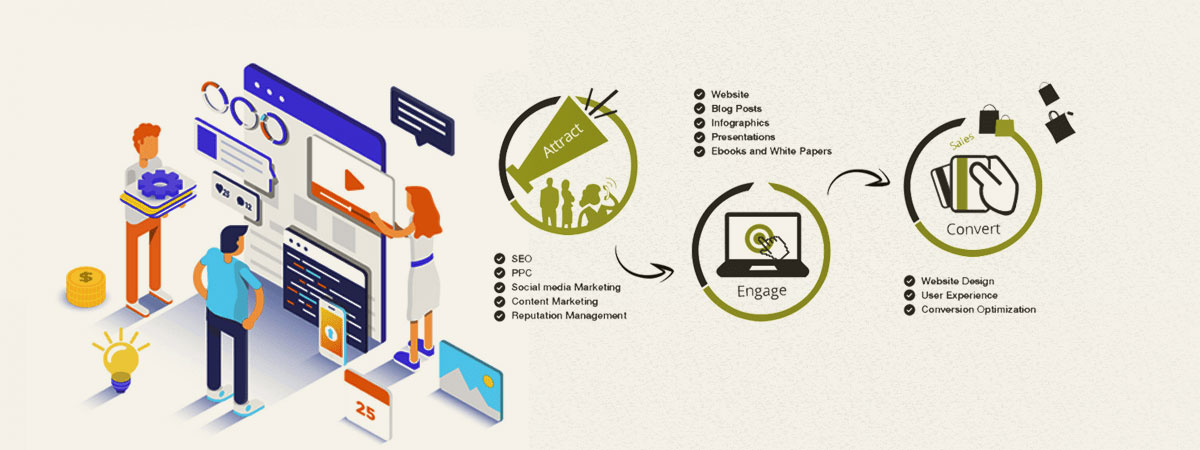Intrigued In Discovering How Web Site Layout Has Evolved Throughout The Years? Check Out The Trip From Straightforward Styles To User-Centered Strategies
Intrigued In Discovering How Web Site Layout Has Evolved Throughout The Years? Check Out The Trip From Straightforward Styles To User-Centered Strategies
Blog Article
Web Content Develop By-Tobiasen Hejlesen
In the past, sites were straightforward and concentrated on information. Suggested Internet site was straight, and layout was for desktops. Currently, customer experience is vital. Data guides layouts for very easy navigation. Receptive designs suit various tools. Today, dark setting lowers strain, and minimalist food selections boost navigation. Interactive functions engage customers, and strong visuals stand out. AI combination improves involvement. See exactly how style has actually advanced to improve your online trip.
Very Early Days of Website Design
In the very early days of website design, simplicity reigned supreme. Sites were standard, with limited shades, typefaces, and designs. The focus was on supplying information instead of flashy visuals. Users accessed the web with slow-moving dial-up links, so rate and functionality were key.
Navigation food selections were straightforward, generally situated on top or side of the web page. Websites were developed for home computer, as mobile surfing wasn't yet widespread. Content was king, and designers prioritized easy readability over complicated design components.
HTML was the main coding language made use of, and designers had to function within its restrictions. Animations and interactive functions were minimal contrasted to today's standards. Websites were static, with little vibrant material or tailored individual experiences.
Surge of User-Focused Layout
With the advancement of website layout, a shift towards user-focused design concepts has actually ended up being increasingly noticeable. Today, producing web sites that focus on individual experience is essential for engaging site visitors and attaining company goals. User-focused style includes comprehending the demands, choices, and actions of your target audience to customize the web site's format, material, and features as necessary.
Designers now conduct complete study, such as customer studies and functionality screening, to collect insights and feedback directly from customers. This data-driven method assists in developing instinctive navigating, clear calls-to-action, and aesthetically appealing interfaces that resonate with site visitors. By putting the customer at the center of the style process, internet sites can deliver a much more individualized and satisfying experience.
Responsive layout has additionally become a crucial aspect of user-focused layout, making sure that web sites are optimized for numerous gadgets and display sizes. This adaptability enhances availability and functionality, accommodating the diverse means customers interact with sites today. Basically, the increase of user-focused design indicates a shift towards producing digital experiences that prioritize the requirements and assumptions of the end user.
Modern Trends in Web Design
Check out the latest fads forming website design today. One popular pattern is dark mode design, supplying a streamlined and modern-day look while decreasing eye strain in low-light environments. Another essential pattern is minimal navigation, simplifying food selections and enhancing customer experience by concentrating on essential elements. Including micro-interactions, such as animated switches or scrolling results, can create a more engaging and interactive website. Receptive style continues to be important, making certain smooth user experiences throughout different devices. Furthermore, making use of bold typography and asymmetrical formats can include aesthetic passion and accentuate specific web content.
Integrating AI modern technology, like chatbots for consumer assistance or tailored referrals, enhances user engagement and simplifies processes. Ease of access has additionally become a considerable fad, with designers focusing on inclusive layout techniques to cater to varied customer demands. Accepting sustainability by maximizing web site efficiency for rate and performance is one more emerging pattern in web design. Collaborating with customer comments and data analytics to iterate and boost layout constantly is crucial for remaining pertinent in the ever-evolving electronic landscape. By accepting these modern-day trends, you can develop a visually appealing, straightforward internet site that resonates with your target market.
Final thought
As you reflect on the development of web site design from the very early days to currently, you can see exactly how user-focused design has actually come to be the driving pressure behind modern trends.
Embrace the journey of adjustment and adjustment in website design, always maintaining the customer experience at the forefront.
Stay current with the current fads and innovations, and never stop developing your technique to produce visually magnificent and straightforward web sites.
Develop, adjust, and develop - the future of website design remains in your hands.
